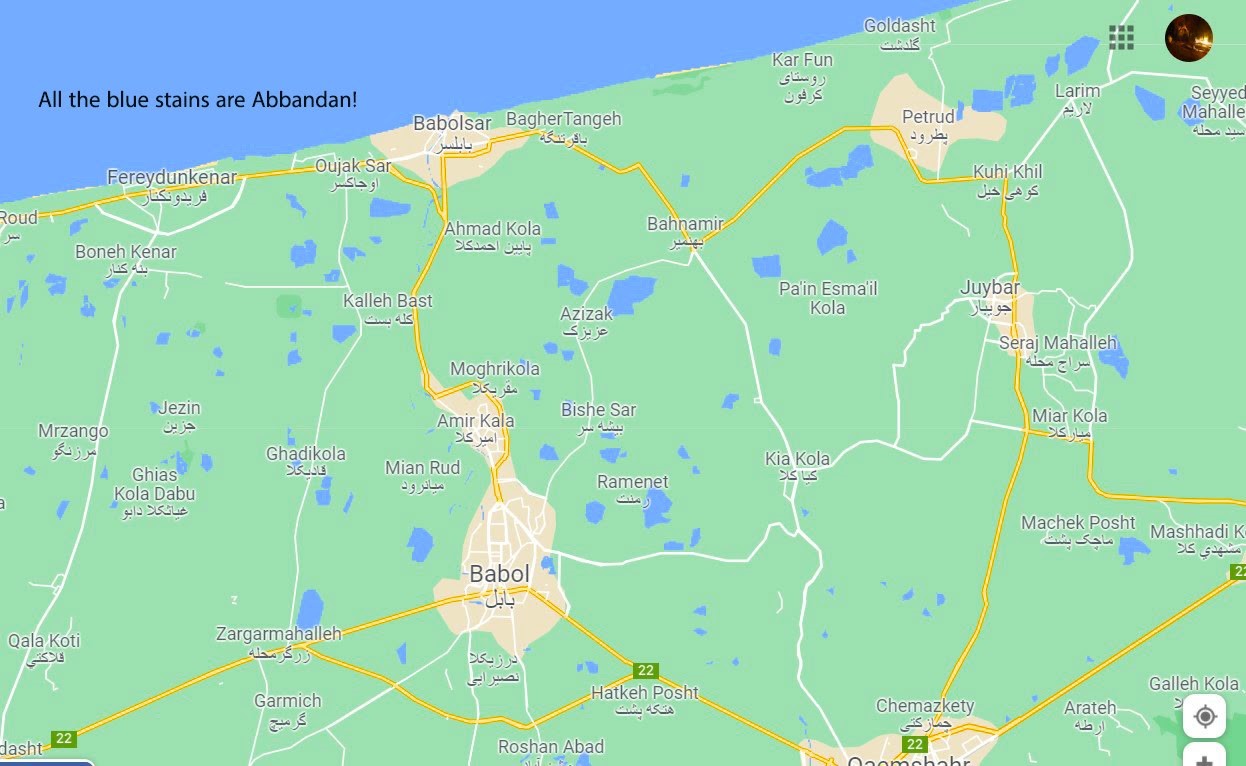Iran’s ab-bandaans or wetlands are one of the most important ecosystems in the country in terms of biodiversity, indigenous culture, and various environmental and economic functions. Currently, 2,208 ab-bandaans cover an area of 32,000 hectares scattered across the country.
According to the Ramsar Convention, ab-bandaans fall into both the onshore freshwater wetland category and the man-made wetland category. They serve various important functions for wildlife habitat, food basket for bird hunting and fishing, fodder source for livestock, flood control, reduction of water sediments, strengthening of groundwater aquifers, nutrient uptake, tourist attraction, and research values.

For about 300 years, Iran’s local communities have relied on ab-bandaans for their livelihoods, primarily in agricultural production and fishing. As such, indigenous conservation mechanisms have been established to safeguard these ecosystems, including protocols on their sustainable use that have been contextualized to climatic conditions. These conservation methods have been orally passed down through generations and remain to be an important feature of Indigenous culture.
Despite its importance, there are no documents on ab-bandaans in Iran. Technocratic attitudes have superseded indigenous conservation methods and, over time, these wetland ecosystems have been converted to fish farms and agricultural lands. Pollution from fertilizers, toxic waste and the presence of invasive species are among the many factors causing ecosystem collapse. As a consequence, the livelihoods of local communities and the existence of their conservation culture and knowledge are at risk. Moreover, the habitat of nearly 700,000 migratory birds is deteriorating, drought and pollution in water resources are increasing, and conflicts between government and local communities are being magnified.
To this end, over 4,500 community members from the villages of Ramnet and Aghuzban have partnered with SGP on an ICCA-GSI project to conserve biodiversity in the ab-bandaans through culture-based solutions. The project sites are in Babol City, located in Iran’s northern province of Mazandaran, which is home to 184 ab-bandaans, the highest number in the country.

The ICCA-GSI project has three main components to reach its objectives. Firstly, a scoping study on the current status of ab-bandaans is being undertaken to collect environmental and economic data, including samples to assess water and land ecological health. Secondly, participatory awareness-raising workshops and campaigns are held for the general public, including governmental and non-governmental stakeholders, on the important environmental and socio-economic functions of ab-bandaans, the threats from land-use change, and indigenous culture-based conservation methods. Thirdly, a network for ab-bandaan users is being created in Babol city. The network members are trained in indigenous conservation methods, including the reintroduction and planting of native trees to replace the current mainstream method of planting non-native species. They also learn how to implement environmentally-friendly economic activities such as the production of handcrafts and ecotourism geared towards bird-watching and ornithology. Finally, a comprehensive report will be developed to account for the biodiversity types, indigenous conservation methods in combination with modern science methods, and sustainable economic activities, amongst others.
This project is one of the 37 ICCA-GSI projects in Iran. For more information about these projects, please contact the SGP Officer-in-Charge Asiyeh Rezaei at asiyeh.rezaei@undp.org
For more overall information about the ICCA-GSI, please contact Terence Hay-Edie at Terence.hay-edie@undp.org and Anna Lisa Jose at annalisa.jose@undp.org




